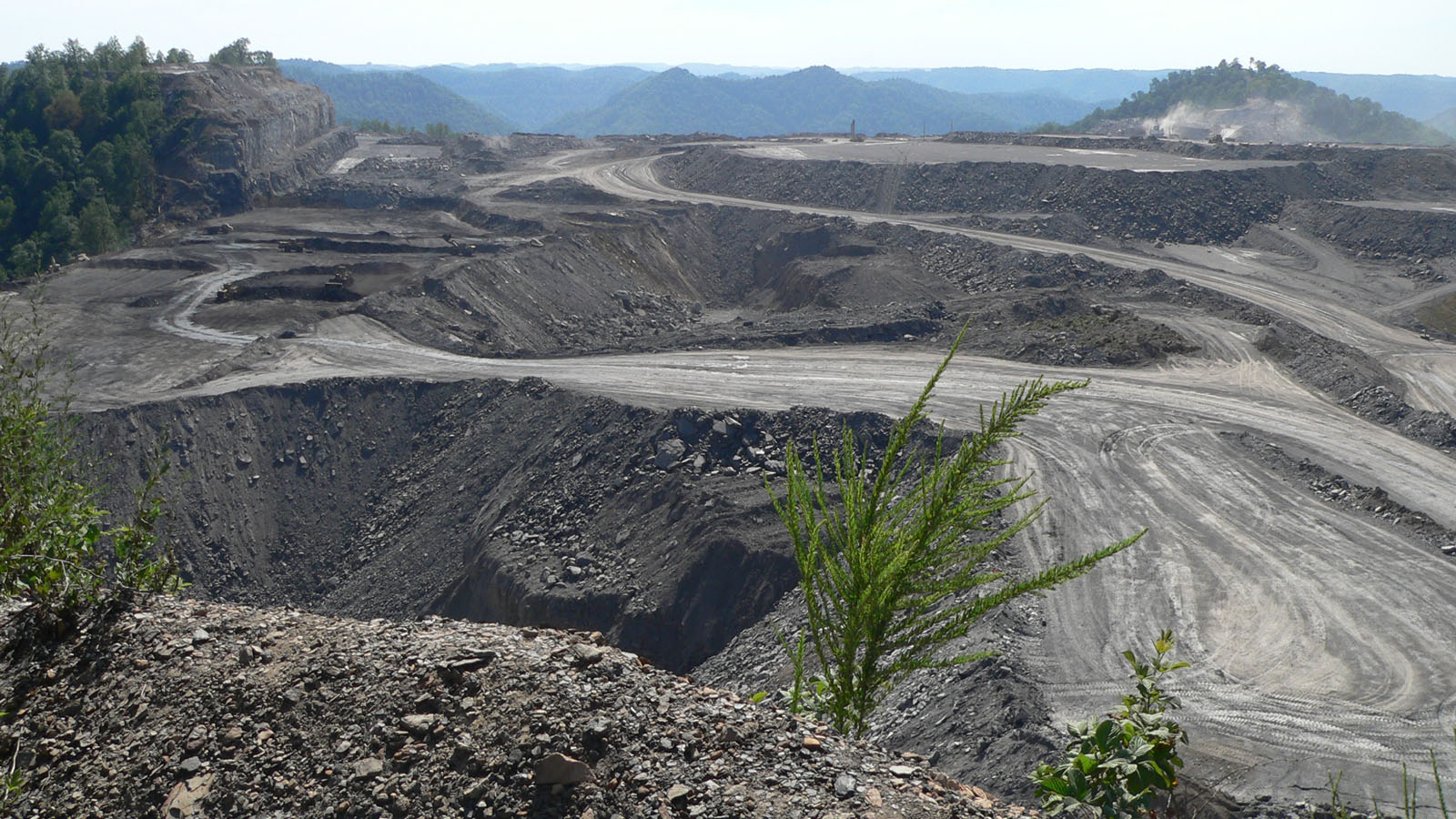Research Highlights Opposing Narratives to Mountaintop Removal

While coal production continues to decline in West Virginia, the industry’s reliance on mountaintop removal has continued to be widespread.
The controversial form of surface mining, where mountain summits are blown up and removed to expose coal seams, has grown to account for as much as half of West Virginia’s coal extraction in recent years, according to the U.S. Energy Information Administration.
A new study from an NC State doctoral student highlights how the coal industry is fighting to create a normative culture around mountaintop removal, in light of mounting research and opposition exposing the practice’s negative impact on the environment and workers. The study also gives insight into what grassroots organizations are doing to create a counter narrative.

“In many ways, the coal industry has presented this [declining production of coal] as a battle against the environmentalists, but it’s much bigger and much broader than that,” said Aysha Bodenhamer, an NC State doctoral student in sociology who led and authored a paper on the study. “In their ideology and their discourse, they are really ignoring all these other factors, such as changing legislation around climate change, depleted coal seams, international competition and increases in natural gas fracking.”
Bodenhamer has been studying coal culture in central Appalachia since 2008. During her time in West Virginia, she said she often observed a “love-hate” relationship with coal, where the same contradictions appeared time and again.
“You’d hear things like, ‘Coal is good for the state’s economy;’ however, the state is impoverished,” Bodenhamer said. “I wanted to know how the coal industry is able to frame things so positively, and on the flip side, I wanted to ask, ‘How are people interpreting this?’”
Creating a Normative Culture
For the study, Bodenhamer conducted in-depth interviews with 18 individuals in three West Virginia counties, including leaders of coal and environmental organizations, coal workers, families of coal workers, community members and newcomers unaffiliated with the coal industry. She also conducted fieldwork including participant observation, and reviewed news articles and public relations documents.
After analyzing the data, she found that the coal industry employed four main mechanisms to drive its pro-coal discourse:
- Longevity: Industry leaders and stakeholders emphasize coal’s long-standing tradition as a way to construct a normative culture. In doing so, they instill a sense of pride and support for the industry.
- Employment: The industry promotes how coal is an integral part of the West Virginian and American economies, even creating community groups like the “Ladies Auxiliary” and programs such as “Coal in the Classroom” to help share the message.
- Energy Security: Leaders stress how coal is critical to providing reliable and affordable electricity, independent of foreign nations.
- Aggression Toward Environmentalists: The industry often blames environmentalists and others who challenge the industry for declining coal employment and production.
The industry’s use of any of the four mechanisms often have a trickle-down effect into the general public discourse, Bodenhamer said. Take the industry’s use of longevity, for instance, represented in this quote from an interviewee, “Tyler,” of the West Virginia Coal Association:
“We have a great legacy of coal … we have the best coal and the best miners and we ship it all over the world.”
Bodenhamer said this sentiment is similar to another expressed by “Sally,” a coal town resident and daughter of a coal miner, who Bodenhamer also interviewed for the study:
“All of us were raised under coal mining so we would support it all the way; it’s just embedded in us that we would support it.”
“You have these powerful players presenting this ideology, and you start to hear it come across from the miners and their families,” Bodenhamer said. “The miners are saying the exact same things, so you know they have internalized this ideology and culture of coal.”
The Counter Narrative
Bodenhamer’s research also revealed that for every one of the industry’s arguments, there’s typically a counter narrative from local residents, coal workers and grassroots organizations.
Those living near mountaintop removal sites and former miners fretted over losing their cultural connection to the land, according to the study. They also feared the environmental and health hazards associated with the practice, such as toxins in well water and flooding. Take this quote, for example, from former miner “Chad:”
“They call it [coal] cheap energy; it keeps our energy bills cheap. If it is cheap energy, who is really paying the true cost? The people here in Appalachia that live under these mountaintop removal sites who are getting their homes flooded, who are getting their houses covered by the mountain top; these are the people who are paying the true cost.”
Another counterpoint from the study challenges the industry’s broad economic footprint narrative. Several respondents pointed out that the industry’s use of mountaintop removal, which requires less manpower compared to traditional underground mining, is partly responsible for declining coal employment, Bodenhamer said.
You have these powerful players presenting this ideology, and you start to hear it come across from the miners and their families. The miners are saying the exact same things, so you know they have internalized this ideology and culture of coal.
— Aysha Bodenhamer
The counter narratives weren’t just represented by locals and coal workers, Bodenhamer said. Grassroots organizations — 16 in West Virginia and central Appalachia alone — are in the midst of a coordinated campaign to end mountaintop removal through protests, lobbying, research and lawsuits.
Bodenhamer said the groups provide a support system and resources for like-minded individuals challenging the industry. The movement has led to several successes in recent years, such as banks pulling funding from companies that employ mountaintop removal.
Still, Bodenhamer said the groups face an uphill battle in the future.
“In a way, they have done a lot simply by making more people aware of what’s going on,” Bodenhamer said. “Have they dramatically changed where we are now? No, but they’ve certainly made a huge impact.”
The paper, “King Coal: A Study of Mountaintop Removal, Public Discourse and Power in Appalachia,” is published online in the journal Society and Natural Resources. Bodenhamer is also researching the resurgence of black lung cases in central Appalachia; to read more about that project, click here.


